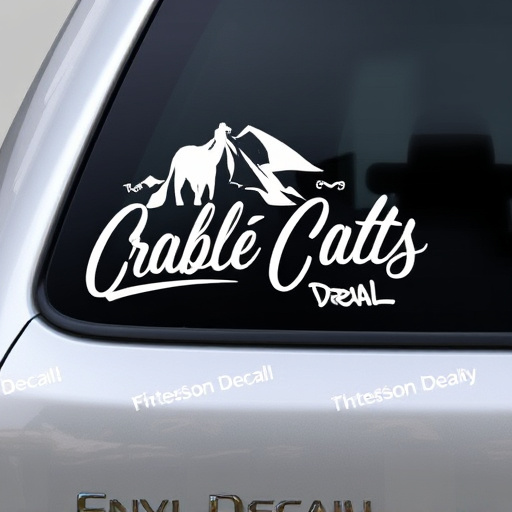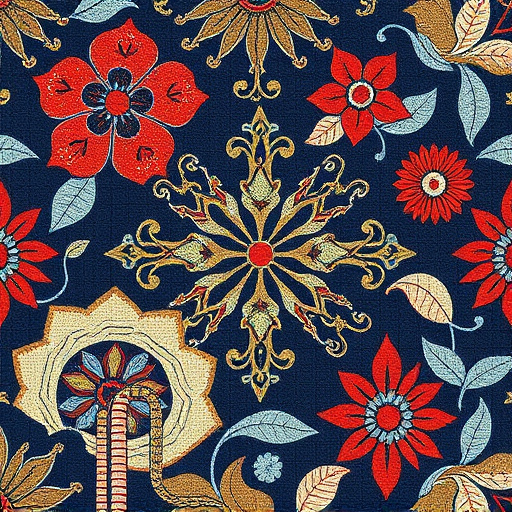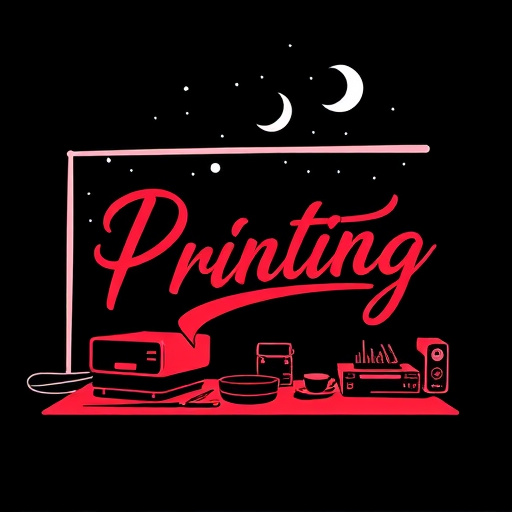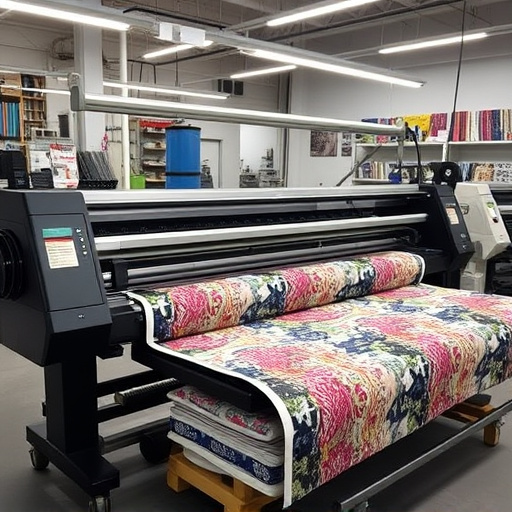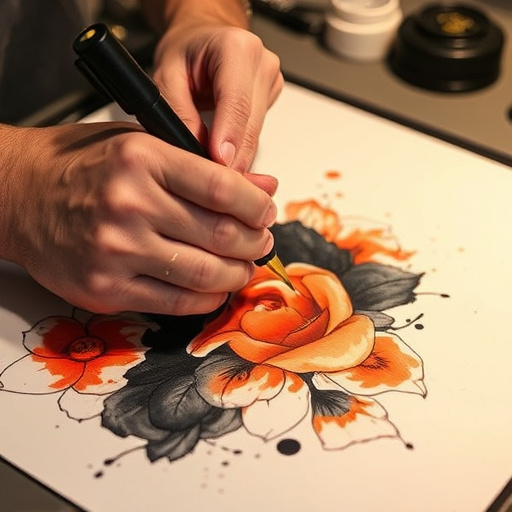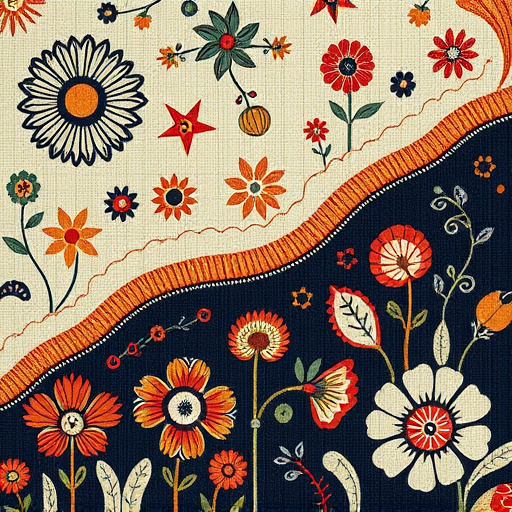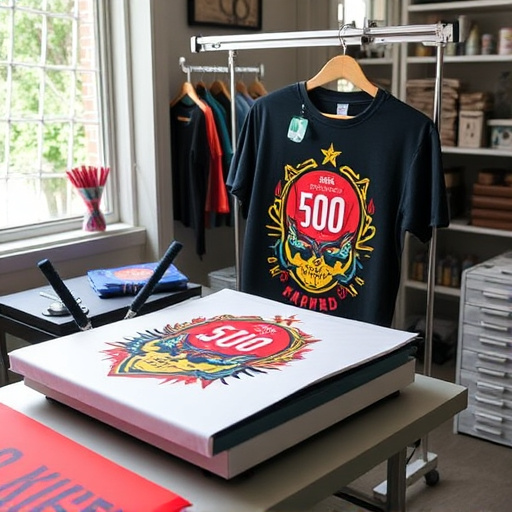DTF (Direct to Fabric) Cotton Printing is a cutting-edge method for creating high-quality, vibrant custom t-shirts and textiles by applying water-based ink directly to cotton fabrics without intermediate screens or plates. Key factors for success include proper artwork preparation (using vector graphics with 300 DPI+ resolution, white/light backgrounds, trimmed excess space, and avoiding transparency), selecting suitable materials for ink adhesion, precise cutting settings, and regular calibration of printer settings. This technique allows for intricate designs with rich colors, resulting in visually stunning personalized products like hoodies.
Discover the art of DTF Cotton Printing with this comprehensive guide. Learn how to prepare your artwork for exceptional results on cotton materials. From understanding the unique requirements of DTF printing to mastering techniques for optimal print quality, this article covers it all. We’ll walk you through the process, ensuring your designs translate beautifully onto fabric. Get ready to elevate your cotton printing game with these essential insights and tips tailored for DTF Cotton Printing.
- Understanding DTF Cotton Printing and Its Requirements
- Preparing Your Artwork for Optimal Results
- Techniques and Tips for Successful Print Quality
Understanding DTF Cotton Printing and Its Requirements
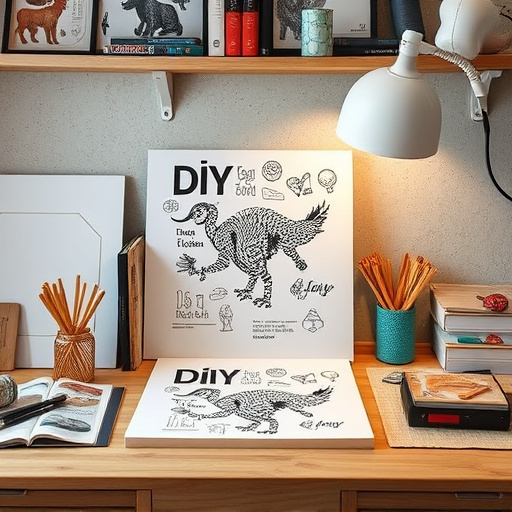
DTF (Direct to Fabric) Cotton Printing is a cutting-edge technique that allows for high-quality, vibrant printing directly onto cotton fabrics. It’s a game-changer when it comes to creating custom t-shirts and other textile products. Understanding this process is crucial for achieving exceptional results. DTF printing offers unmatched detail and color accuracy, making it ideal for intricate designs and complex artwork.
This method involves applying a special water-based ink through a precision print head directly onto the fabric. Unlike traditional screen printing, DTF doesn’t require separate screens or plates for each color, streamlining the production process. The key to successful DTF cotton printing lies in preparing your artwork appropriately; ensuring it meets the required specifications, such as resolution and file format (typically PNG or JPEG), is essential. Additionally, factors like ink adhesion and the type of fabric chosen play significant roles in the final output, making it vital to choose the right materials for optimal results.
Preparing Your Artwork for Optimal Results
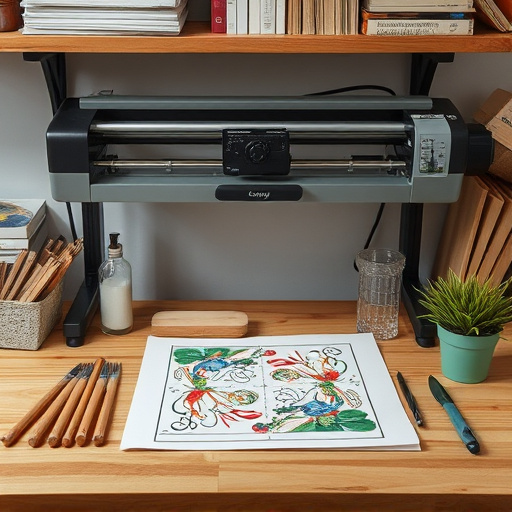
Preparing your artwork for DTF cotton printing is a crucial step to ensure optimal results and high-quality prints on fabric. When designing or selecting artwork for this process, keep in mind that the design should be optimized for direct-to-film transfer. This means using vector graphics (such as SVG, EPS, or AI files) instead of raster images (like JPEGs or PNGs). Vector formats allow for precise scaling and crisp lines, which are essential for achieving sharp and detailed prints on cotton.
Additionally, it’s important to maintain a high resolution—typically 300 DPI or higher—to minimize pixelation and ensure the design looks sharp when transferred onto the film. Consider using a white or light-colored background to contrast with the dark cotton fabric, making the print pop. For best results with a best dtf printer, prepress preparation should include trimming excess space around the design and ensuring there are no transparent areas that could cause printing issues. Using these guidelines will help you create captivating direct to film personalized hoodies or other DTF transfers.
Techniques and Tips for Successful Print Quality
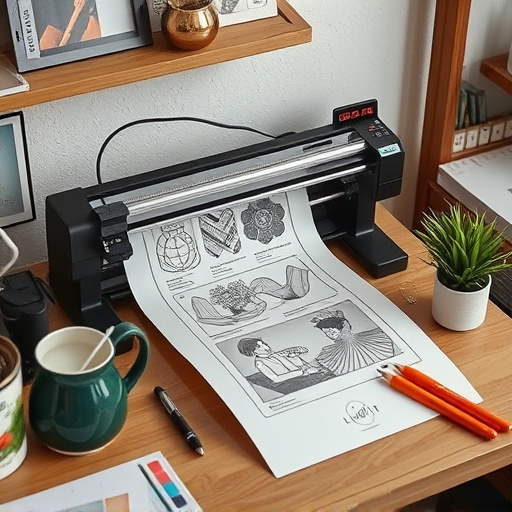
Achieving exceptional print quality on DTF Cotton Printing projects requires a combination of skilled techniques and careful preparation. One crucial aspect is understanding the interplay between your design software, cutting settings, and the material itself. Using vector graphics or high-resolution raster images ensures smooth lines and vibrant colors, which are essential for detailed prints. It’s recommended to set your cutting tools to a clean, precise setting, avoiding any overly aggressive cuts that might damage the delicate cotton fabric.
Additionally, mastering the art of registration is vital. Aligning your design with precision guarantees that each color layer precisely overlies, creating a cohesive and visually appealing piece. Remember, DTF transfers, especially when applied with a cold peel method, demand meticulous care to maintain the integrity of the print. Regularly calibrate your direct to film printer settings, and consider testing on scrap material before printing on final fabrics to ensure optimal results.
DTF Cotton Printing offers a unique and vibrant way to bring your artistic vision to life on cotton materials. By understanding the specific requirements and preparing your artwork meticulously, you can achieve exceptional print quality. This article has guided you through the process, from grasping the fundamentals of DTF printing to exploring techniques for optimal results. Remember, attention to detail in your design and careful consideration of file formats and resolutions are key to successful DTF Cotton Printing. Now, with these insights, you’re ready to create stunning artwork that pops and captivates.




